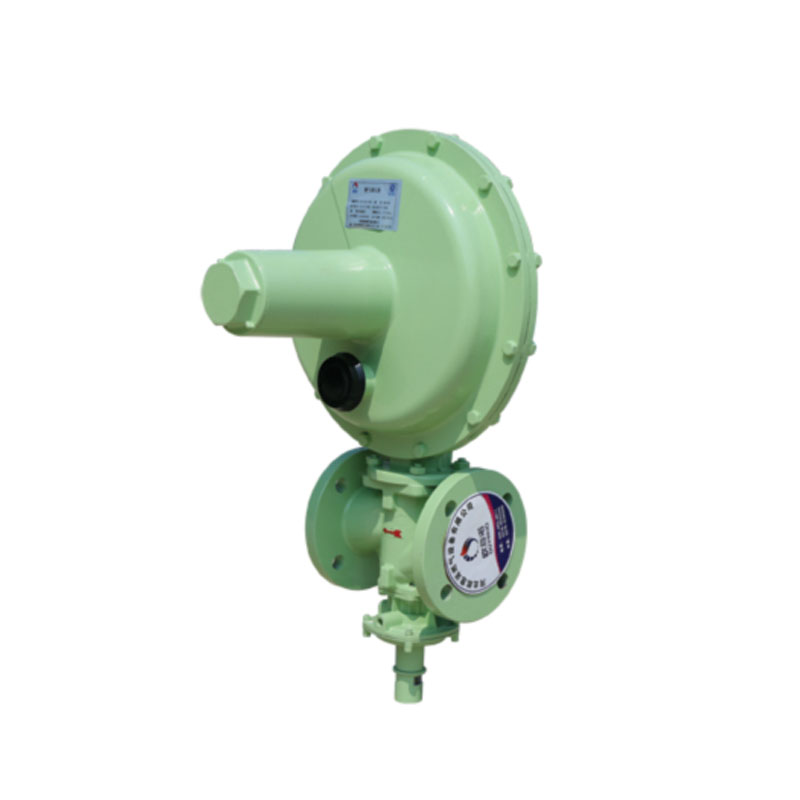
Nov . 13, 2024 23:23
Back to list
gas coalescer
Understanding Gas Coalescers Importance and Functionality
Gas coalescers are critical components in various industrial processes, particularly in the oil and gas sector, where the removal of liquid contaminants from gas streams is crucial for operational efficiency and environmental compliance. These devices are designed to separate and remove aerosols and liquid water droplets from a gas mixture, enhancing the quality of the gas while protecting downstream equipment from corrosion and fouling.
Fundamental Principle of Operation
The fundamental principle behind gas coalescers is the process of coalescence, wherein small droplets of liquid merge to form larger droplets. When a gas stream containing liquid particles passes through a coalescer, the device’s structure promotes collision among these droplets. The coalescer typically comprises a series of elements or fibers that create a tortuous path for the gas, facilitating the collection of liquid droplets. As the smaller droplets collide and combine, they grow in size and eventually become heavy enough to be separated from the gas stream due to gravity.
Key Benefits of Gas Coalescers
1. Enhanced Efficiency By removing liquid contaminants, gas coalescers significantly improve the efficiency of gas processing systems. Clean gas streams lead to better combustion efficiency in power generation and reduced downtime caused by equipment maintenance.
2. Corrosion Prevention Liquid contaminants, such as water and hydrocarbons, can lead to corrosion in pipelines and other equipment. Coalescers help mitigate this risk by ensuring that the gas delivered to downstream processes is free from harmful liquids.
3. Lower Emissions Effective gas treatment not only improves product quality but also contributes to environmental preservation by reducing the emission of volatile organic compounds (VOCs) and other pollutants.
gas coalescer

4. Adaptability Gas coalescers can be designed to operate in various environments and can be tailored to accommodate different gas compositions and liquid loadings. This flexibility makes them suitable for a range of applications, from natural gas processing to biogas purification.
Applications of Gas Coalescers
Gas coalescers are found in various applications, including
- Natural Gas Processing In the extraction and processing of natural gas, coalescers are used to remove water and heavy hydrocarbons to meet pipeline quality standards. - Oil Refining During the refining process, these devices play a vital role in separating gas streams from water and liquid hydrocarbons, ensuring that the final products are pure and compliant with regulatory standards.
- Biogas Purification In renewable energy production, coalescers are integral in removing impurities from biogas, enabling its use as a clean fuel source.
Conclusion
Gas coalescers represent an essential technology in the field of gas processing, providing a myriad of benefits that contribute to operational efficiency and environmental sustainability. Their ability to enhance gas quality, prevent corrosion, and lower emissions makes them indispensable in various industries. As technology advances and the demand for cleaner energy sources continues to rise, the role of gas coalescers will undoubtedly become even more significant, driving innovation and improvement in industrial gas treatment processes. Understanding their functionality and advantages is crucial for professionals operating in these sectors, as it allows for better optimization of gas processing systems and contributes to a more sustainable future.
Next:
Latest news
-
Safety Valve Spring-Loaded Design Overpressure ProtectionNewsJul.25,2025
-
Precision Voltage Regulator AC5 Accuracy Grade PerformanceNewsJul.25,2025
-
Natural Gas Pressure Regulating Skid Industrial Pipeline ApplicationsNewsJul.25,2025
-
Natural Gas Filter Stainless Steel Mesh Element DesignNewsJul.25,2025
-
Gas Pressure Regulator Valve Direct-Acting Spring-Loaded DesignNewsJul.25,2025
-
Decompression Equipment Multi-Stage Heat Exchange System DesignNewsJul.25,2025

